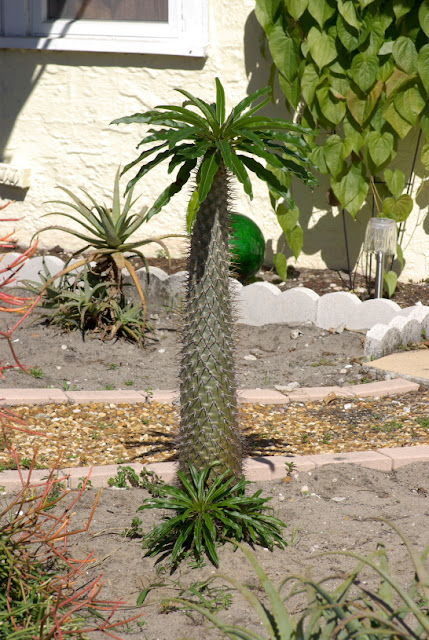I have been watching the endeavors of a local gardener with keen interest. Apparently having grown weary of tending a lawn, this gardener removed all grass from a small front yard and is growing tough desert plants. Although markedly different from the typical pseudo-tropical south Florida garden, it shares with such gardens the presence of plants from far-flung regions of the world and a lack of any native plants.
| This aloe is very similar to Aloe arborescens from Africa; however, the rosettes are much smaller than that species. I am guessing that perhaps it is a small-growing hybrid of Aloe arborescens. |
Images and text © 2012 Rufino Osorio




No comments:
Post a Comment